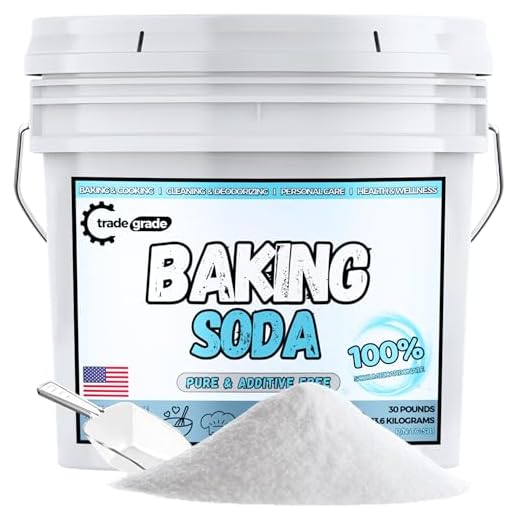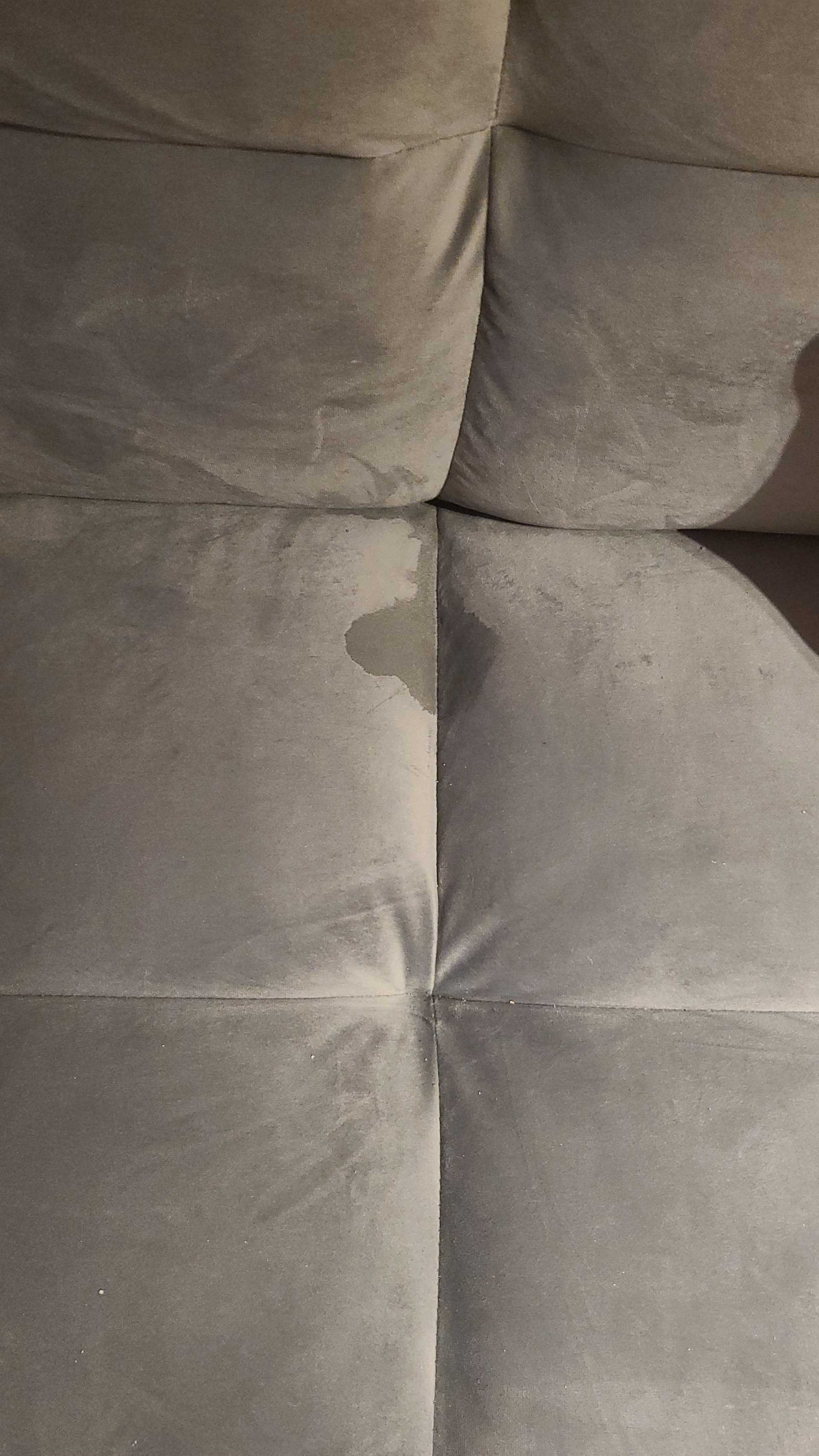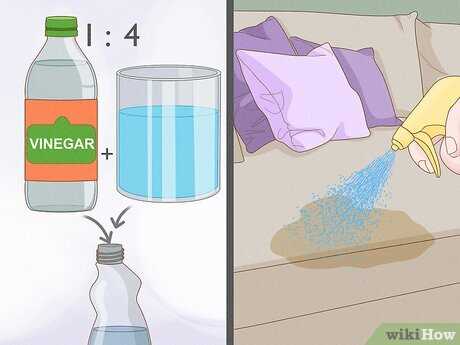



To tackle the unpleasant scent lingering on your beloved seating, an effective mixture of white vinegar and water works wonders. Combine equal parts of both in a spray bottle, lightly mist the affected area, and let it sit for about 10 minutes. This simple solution neutralizes odors without damaging your upholstery.
After the vinegar solution, sprinkle baking soda generously over the treated spot. This ingredient absorbs residual odors while adding freshness. Leave it for several hours, or overnight for best results, then vacuum the area thoroughly. You’ll be amazed at how well this duo performs in restoring a pleasant atmosphere.
If the scent persists, consider using enzymatic cleaners specifically designed for organic stains. These products break down the odor-causing substances at a molecular level, ensuring a deeper clean. Apply following the manufacturer’s instructions, and you’ll notice a significant improvement in no time.
Effective Ways to Eliminate Odor from Upholstery

First, it’s crucial to act quickly. Blot the area with paper towels to absorb as much liquid as possible. Avoid rubbing, as this can spread the issue further.
Next, create a simple cleaning solution. Mix equal parts white vinegar and water in a spray bottle. This mixture neutralizes odors effectively. Spray the affected area lightly and let it sit for about 10 minutes before blotting it again with clean towels.
Baking soda can also be a powerful ally. After the vinegar solution has dried, sprinkle a generous amount of baking soda over the area. Let it sit for several hours or overnight to absorb lingering odors. Vacuum the residue afterward.
For persistent issues, consider using enzymatic cleaners specifically designed for organic stains. These products break down odor-causing compounds. Follow the instructions on the label for the best results.
If you’re considering a new carrier for your feline friend, check out the best cat carrier for big cats for options that keep them comfortable and your space odor-free.
| Method | Materials Needed | Time Required |
|---|---|---|
| Blotting | Paper towels | Immediate |
| Vinegar Solution | White vinegar, water, spray bottle | 10 minutes |
| Baking Soda | Baking soda | Several hours to overnight |
| Enzymatic Cleaner | Enzymatic cleaner | Varies |
Identify the Source of the Odor
First, check the areas around where I like to lounge. Look for any signs of my little accidents on the fabric. The longer the fluid sits, the more it soaks into the material.
Examine the Fabric
- Run your fingers over the surface to feel for damp spots.
- Inspect under cushions and in seams where moisture can hide.
- Use a black light to reveal any hidden areas that may glow in the dark.
Consider the Entire Environment
Pay attention to nearby objects. Sometimes, the scent can transfer to pillows, blankets, or even wooden frames. Make sure to check:
- Adjacent rugs or carpets.
- Nearby walls or furniture.
- Any toys or items in the vicinity that may have absorbed the odor.
Gather Necessary Cleaning Supplies
Before tackling the issue, it’s important to assemble the right tools. You’ll need white vinegar, baking soda, a spray bottle, and a clean cloth. These items create an effective blend to neutralize odors.
White Vinegar and Baking Soda
Mix equal parts of white vinegar and water in the spray bottle. This solution helps break down the offending substances. Sprinkle baking soda over the area after treating it with the vinegar mix. It absorbs lingering odors and moisture.
Cloths and Scrubbing Tools
A clean cloth is necessary for blotting up any excess liquid. Use a soft-bristled brush if needed to work the cleaning solutions into the fabric. Make sure to have an extra cloth for drying the area afterward.
Use Baking Soda for Odor Absorption

Sprinkle a generous amount of baking soda over the affected area. This natural deodorizer works wonders for absorbing unpleasant odors. Leave the baking soda on the surface for at least 15 to 30 minutes, allowing it to penetrate and neutralize any lingering scents.
Vacuuming the Residue

After the waiting period, use a vacuum cleaner to remove the baking soda. Make sure to thoroughly clean the area, as any residue left behind may not be effective in eliminating the fragrance. This step ensures a fresh and clean environment.
Repeat if Necessary
If the odor persists, repeat the process. Sometimes, multiple applications are needed for complete absorption. Consistency is key, so don’t hesitate to use baking soda again until you achieve the desired freshness.
Apply a Vinegar Solution for Deep Cleaning
Mix equal parts of white vinegar and water in a spray bottle. This solution acts as a powerful natural cleaner to tackle stubborn odors.
Follow these steps:
- Spray the vinegar mixture directly onto the stained area, ensuring it’s damp but not soaking.
- Allow the solution to sit for about 10-15 minutes to penetrate the fabric and neutralize any lingering scents.
- Blot the area with a clean cloth or paper towel, absorbing excess moisture and residues.
- Rinse the area with water and blot again to remove any vinegar smell.
After cleaning, sprinkle baking soda over the area to further absorb any remaining odors. Let it sit for a few hours or overnight before vacuuming it up.
This method provides a thorough cleanse while ensuring your favorite resting spot remains fresh and inviting.
Utilize Enzymatic Cleaners for Pet Odors
Enzymatic cleaners are a must-have for tackling unpleasant scents left by furry friends. These specialized products contain enzymes that break down organic materials, effectively eliminating odors at their source. When selecting a cleaner, look for one specifically designed for pet accidents; these are formulated to target urine, feces, and vomit.
Before applying, test the cleaner on a small, inconspicuous area of the fabric to ensure it doesn’t cause discoloration. Once confirmed safe, apply the enzymatic solution generously to the affected area, ensuring it penetrates the fabric. Allow it to sit for the time specified on the product’s instructions–this is crucial for the enzymes to work their magic.
Afterward, blot the area with a clean cloth to absorb excess moisture. For best results, repeat the process if necessary, especially for older stains. Regular use of these cleaners can help maintain freshness and prevent future mishaps from becoming a problem.
For a break from cleaning, check out this link on how to cook hamburger patties in cast iron skillet. Enjoy your time in the kitchen while I take care of my little messes!
Prevent Future Incidents with Training Tips
Establish a designated area for mealtime and litter box usage. This helps me understand where it’s acceptable to relieve myself. I appreciate consistency in my environment; it reduces confusion.
Use positive reinforcement. Whenever I use the litter box correctly, treats or praises follow. This motivates me to stick to the right habits. A little encouragement goes a long way!
Understand My Signals
Pay attention to my behavior. If I seem restless or start sniffing around, it might indicate I need to go. Recognizing these signs early can prevent accidents.
Regular Litter Box Maintenance

Keep the litter box clean and odor-free. Change the litter frequently and clean the box with mild soap. A tidy space encourages me to use it instead of finding alternate spots.








